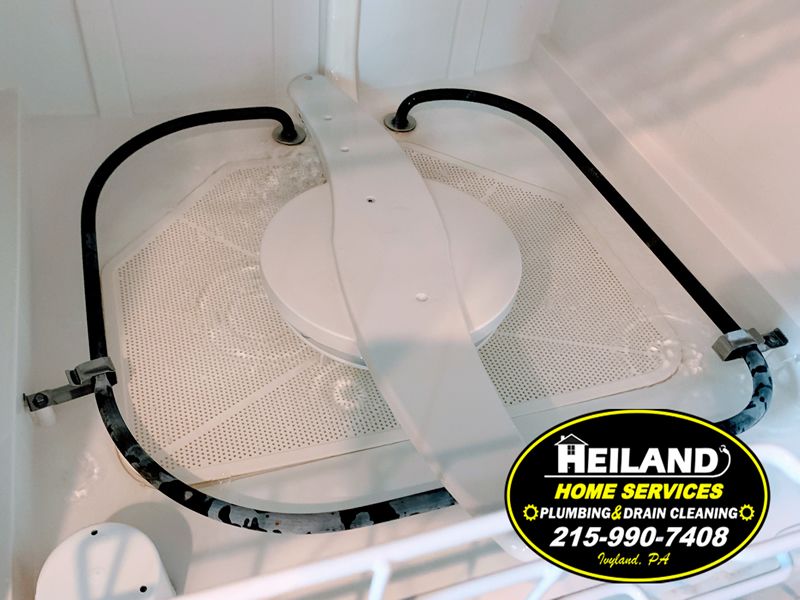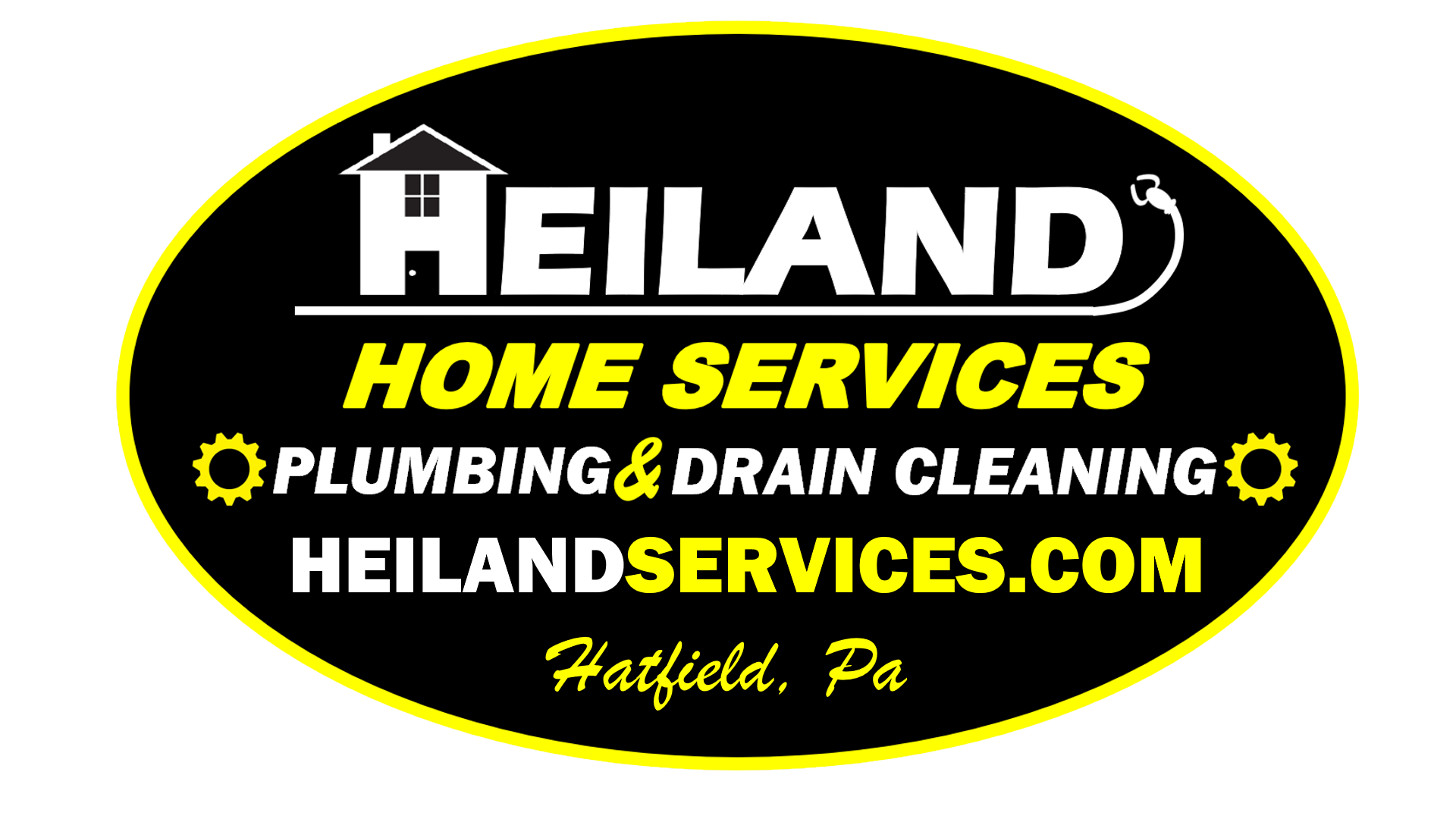
The LAST thing you probably want to do is hand wash your dishes tonight. (What is this… the dark ages?!?) But that may be what you are stuck doing if your dishwasher will not work correctly. Is there truly any other invention that saves you so much time… Every. Single. Day!?
If you open the dishwasher door to find standing water, you know it’s time to get serious. But what should you do next? You’ve come to the right place!
Step 1: Make sure your sink or garbage disposal is not clogged.
While you’re first noticing a developing problem because of standing water in your dishwasher, the problem may not be with the dishwasher itself. Most dishwashers are connected to your sink or garbage disposal by a flexible hose. If your garbage disposal or sink drains are clogged, of course your dishwasher will have nowhere to pump out its waste water! Save yourself hours troubleshooting the dishwasher itself only to find that it was never the problem in the first place, check your garbage disposal and sink first!
Step 2: Check the drain hose.
Speaking of the hose that connects your dishwasher to the drain, this hose is the second place to check in your diagnosis. Is anything pinching the hose? How about clogs or blockages? Food particles may have built up over time in the drain hose. You may need to move your dishwasher away from the wall and/or remove the hose and try flushing it out with hot water. (Remember to ALWAYS turn off power to the dishwasher before performing and diagnostics or completing repairs!) If you locate a pinch or clog, you’ve located the problem. Correct the blockage or kink and you’re most likely good to go. If the hose is damaged or severely clogged, replace it. It’s a small price to pay to have your dishwasher back in business!
Step 3: Clean the dishwasher filter.
If you’ve determined that the drain hose is not clogged and your sink and garbage disposal are functioning properly, the problem may be within the dishwasher unit. But where do you start? Here’s a question: Where do you think all those soggy pieces of food go when they are washed off of your dishes? “Duh, down the drain,” right? Yes, but you may be forgetting about the filter below your bottom rack! A dishwasher filter serves a dual purpose, preventing food particles from redepositing on clean dishes and also helping prevent clogging the drain. A visual inspection may find that debris at the filter may be stopping the waterflow. After consulting your appliance’s owner’s manual and locating the filter, remove it and give it a scrub with a soft toothbrush and water. (Note: You may want to discard that toothbrush after you’re done!) Make it a habit of routinely cleaning the filter so the problem doesn’t happen again. How often should you clean your filter? You almost can’t check it too much, but make sure to do so at least every three to six months.
Step 4: Try a dishwasher cleaner.
If you are still able to safely use the dishwasher, it may be a good idea to try a specially formulated dishwasher cleaner, such as Glisten® Dishwasher Cleaner. (Formerly known as “Dishwasher Magic.”) Dishwasher cleaners, “remove limescale, rust, grease and other buildup caused by hard water, detergent and food residues.” It is a worthy investment to begin using dishwasher cleaner on a regular basis. (We recommend monthly.) Not only will this improve your dishwasher’s performance, but it will also help prevent the festering of harmful bacteria.
You may be surprised to find that a problem such as this one can be solved by a committed and minimally skilled homeowner, but sometimes, it’s time to call in the big guns. If these 4 steps haven’t solved the miniature swimming pool inside your home’s dishwasher, it’s time to call the pros!
That’s where Heiland Home Services comes in! With more than 10 years of satisfied customers, Heiland Home Services is committed to finding the best way to keep your plumbing running efficiently and effectively year-round. Give us a call today!


